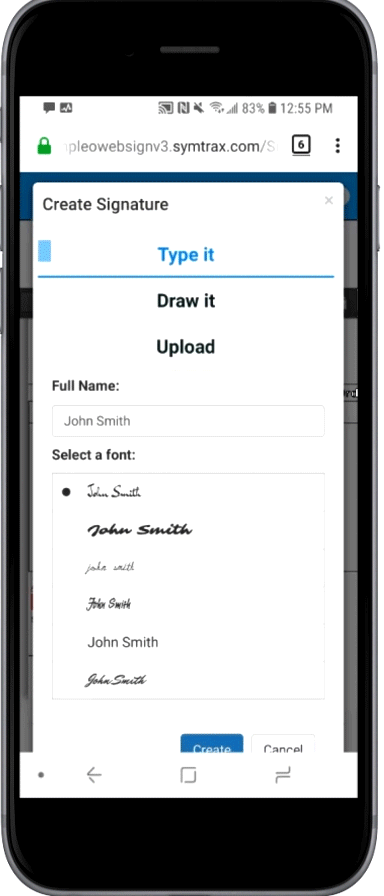Now more than ever, we understand the need to take work paperless. Digitization has been on the cards for more than a decade, but only now are we clearly seeing the impact: failing to use a digital documentation strategy has resulted in millions of dollars lost due to delays in document processing and approvals.
Since digitizing is a must, how do you find an effective process that works for all stakeholders? One of the key parameters has always been establishing each document’s authenticity. With the help of digital and electronic signatures, these concerns can be allayed completely. But which one is which?
Although ‘digital signatures’ and ‘electronic signatures’ are often used interchangeably, their connotations differ in many aspects of utilization. Here is a quick guide to the differences between these two processes.
Electronic Signatures
An electronic signature, or e-signature, is a digital representation of a signature on a document. These are the signatures that were introduced to replicate and eliminate traditional hand signatures.
As you can imagine, this is a quick replacement for an in-person signature and hence not the most secure. Also, this process is more appropriate for internal documents and does not have any legal standing in most countries. As a result, e-signatures can only hold legal value when there is a reliable audit trail indicating each action performed by the signers involved, along with proof of their identities.
These types of e-signatures, with proper traceability, guarantee reliability while offering better authenticity for the document. E-signature software solutions with features like geo-tagging, signing location and IP capture, and timestamps, confirm that the document maintains integrity even in complex processes.
Using these added features, e-signatures are imprinted with an AATL or equivalent certificate from the solution provider, ensuring authenticity and legal compliance. The provider procures a signature from the authorized central Certificate Authority (CA), a government-recognized entity which has the central database to confirm the signature’s authenticity when requested online. The CA’s records can be verified from around the globe, making it easier to coordinate and implement. Needless to say, these are secure and issued only after due diligence from the CA to the solution provider.

Compleo WebSign takes compliance with e-signatures a step further with flexible cloud-based SaaS architecture. This allows users to sign documents online with convenience and confidence.
Digital Signatures
Digital signatures are a form of electronic signature with added security to verify each signer. Essentially, a digital signature is more concerned with the integrity of a document and the signatories involved. It is applied using a PKI (public key infrastructure) technology, which follows a cryptographic approach for signer identification.
Each user signs the document using a digital certificate carrying a private key and a public key. If there is a mismatch between these encrypted keys, the document is invalidated. Therefore, digital signatures are tamper-proof, and can uphold both document integrity and address the legal concerns that come with it.
Since digital signatures are always issued by the CA, they have a fixed validity and can be revoked in case of theft, loss, or a change of authority.
One final thing to note is that various methods can be used to digitally sign documents.
The difference between electronic and digital signatures might be hard to grasp, but it’s an important one. By understanding the requirements of each, you can then choose the right kind of signature for each individual process. Regardless, a real document management solution should prioritize security and efficiency.
Compleo Hybrid makes signatures easy, no matter your needs.


